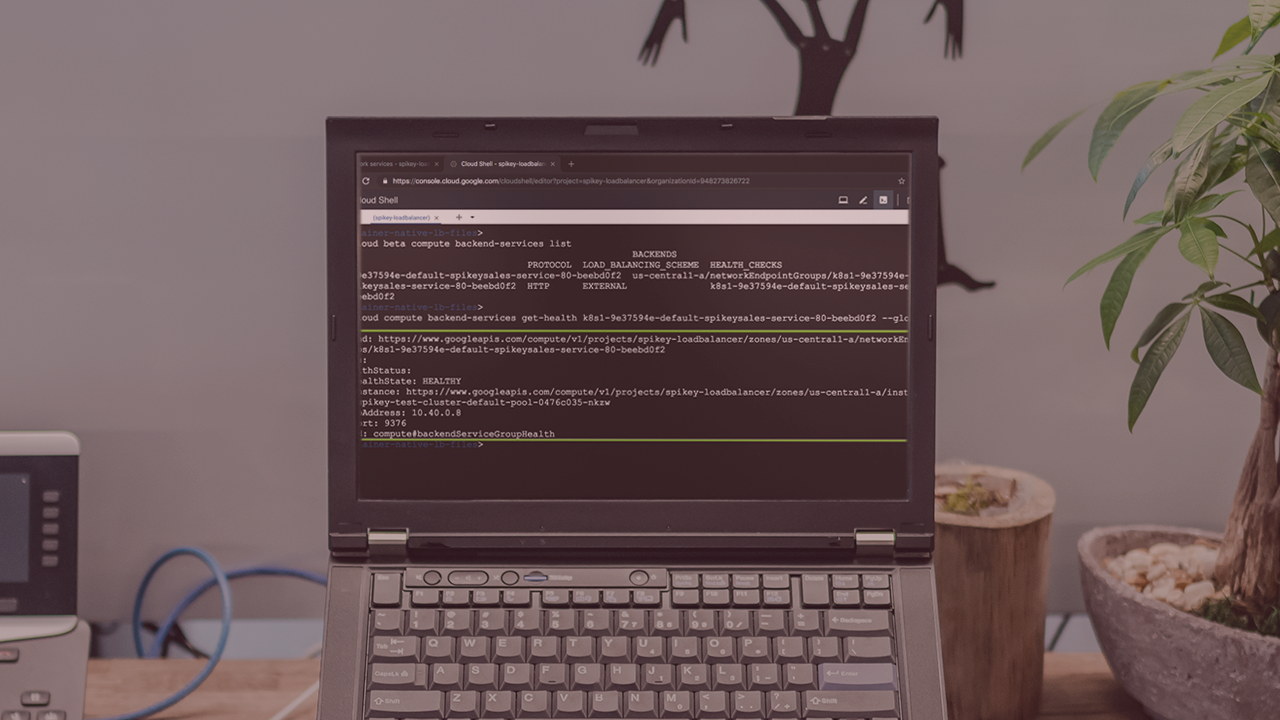- Course
Leveraging Advanced Networking and Load Balancing Services on the GCP
The GCP offers several services related to networking and load balancing that is used to obtain a highly optimized and scaling infrastructure. Such as Cloud CDN for fast serving of web content and GCP-optimized load balancing for container clusters.

- Course
Leveraging Advanced Networking and Load Balancing Services on the GCP
The GCP offers several services related to networking and load balancing that is used to obtain a highly optimized and scaling infrastructure. Such as Cloud CDN for fast serving of web content and GCP-optimized load balancing for container clusters.
Get started today
Access this course and other top-rated tech content with one of our business plans.
Try this course for free
Access this course and other top-rated tech content with one of our individual plans.
This course is included in the libraries shown below:
- Cloud
What you'll learn
In this course, Leveraging Advanced Networking and Load Balancing Services on the GCP, you will gain the ability to significantly reduce content-serving times using Google CDN, leverage DNS for authoritative name-serving, and gain all of the benefits of HTTPS load balancing for Kubernetes clusters using container-native load balancing. First, you will learn how Google CDN can be used to serve content to users from optimized web caches maintained by Google at its Points-of-presence throughout the world. These access points are at the edge of the Google network, and cache content based on specific keys. This is the same highly optimized technology that makes Youtube content so fast to load. You will implement CDN with an HTTP load balancer that has a backend cloud storage bucket and use that to cache images. Any cacheable service from the HTTP backend can be cached by Google CDN. Next, you will discover how to configure your domain with Google DNS. This is an authoritative DNS nameserver service which supports both public and private DNS zones. Your DNS records will reside in a highly available and scalable DNS serving network. Finally, you will explore how to combine two of the hottest services on the GCP - namely HTTP(S) load balancers and Kubernetes clusters. This is done using container-native load balancing, which configures an HTTP(S) load balancer to work with a specific type of backend known as a Network Endpoint Group. Network endpoint groups (NEGs) are zonal resources that represent collections of IP address and port combinations for GCP resources within a single subnet. Each IP address and port combination is called a network endpoint. Network endpoint groups can be used as backends in backend services for HTTP(S), TCP proxy, and SSL proxy load balancers. Because NEG backends allow you to specify IP addresses and ports, you can distribute traffic in a granular fashion among applications or containers running within VM instances. That is exactly what container-native load balancing does - it uses NEGs to distribute traffic across pods. When you’re finished with this course, you will have the skills and knowledge of powerful advanced features related to networking on the GCP, such as combining load balancers with backend buckets, backend instance groups and network endpoint groups to implement optimized serving of static content as well container-native load balancing.
Leveraging Advanced Networking and Load Balancing Services on the GCP
-
Module Overview | 1m 9s
-
Prerequisites and Course Outline | 2m 48s
-
Introducing Cloud CDN | 4m 1s
-
CDN Features and Pricing | 3m 59s
-
Creating and Configuring the Cloud Storage Bucket | 5m 50s
-
Configuring an HTTP Load Balancer with a Backend Bucket | 7m 36s
-
Enabling Cloud CDN to Cache Content | 7m 8s
-
Invalidating Cache Keys | 3m 12s

